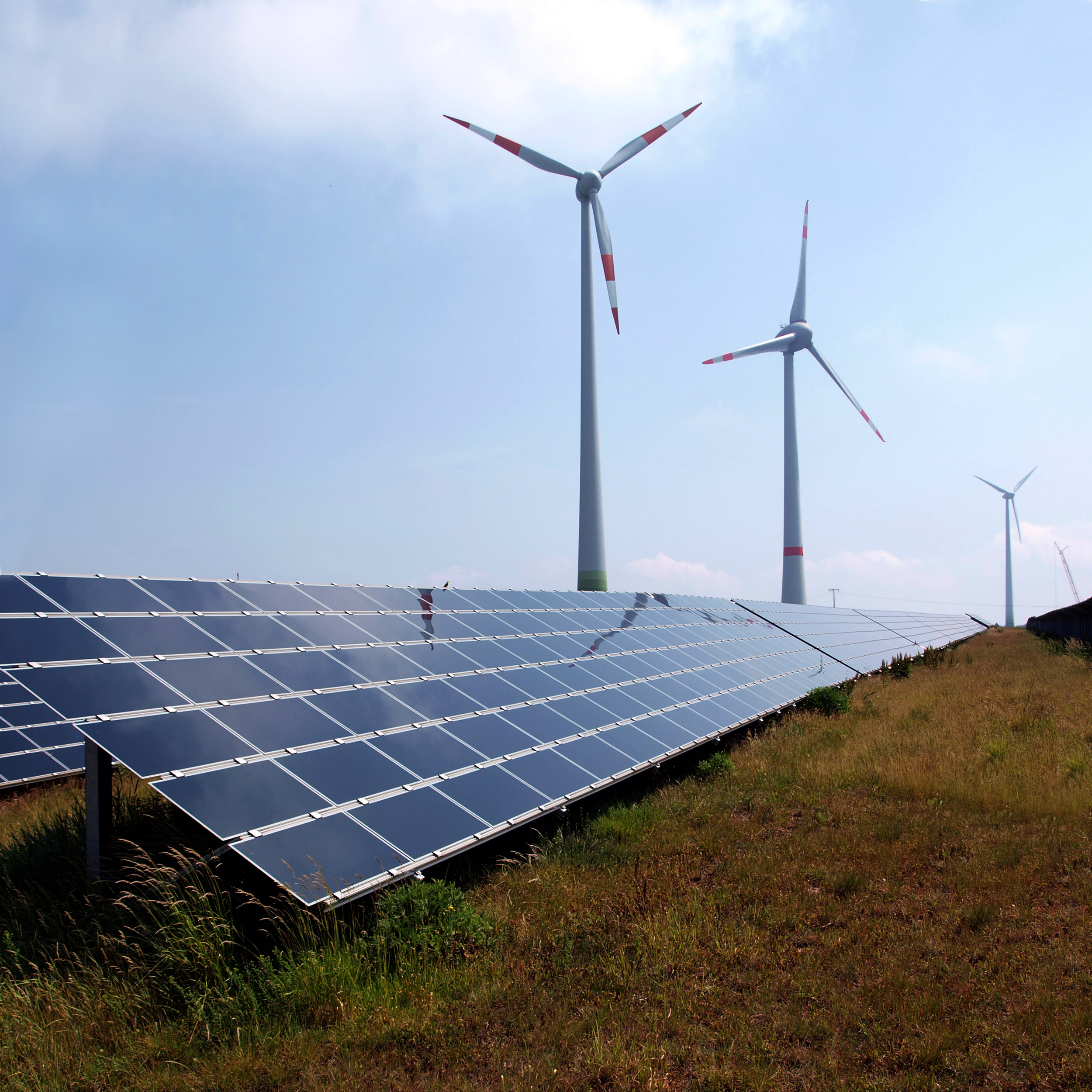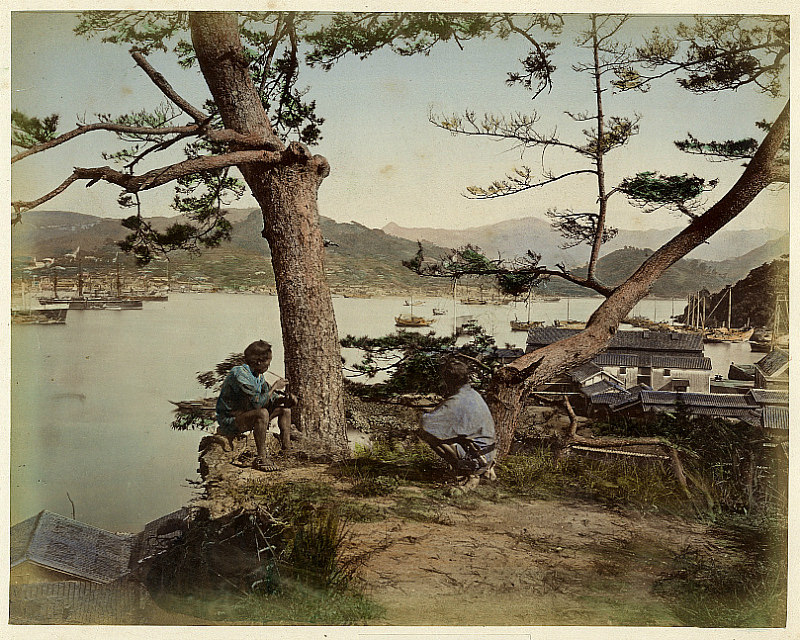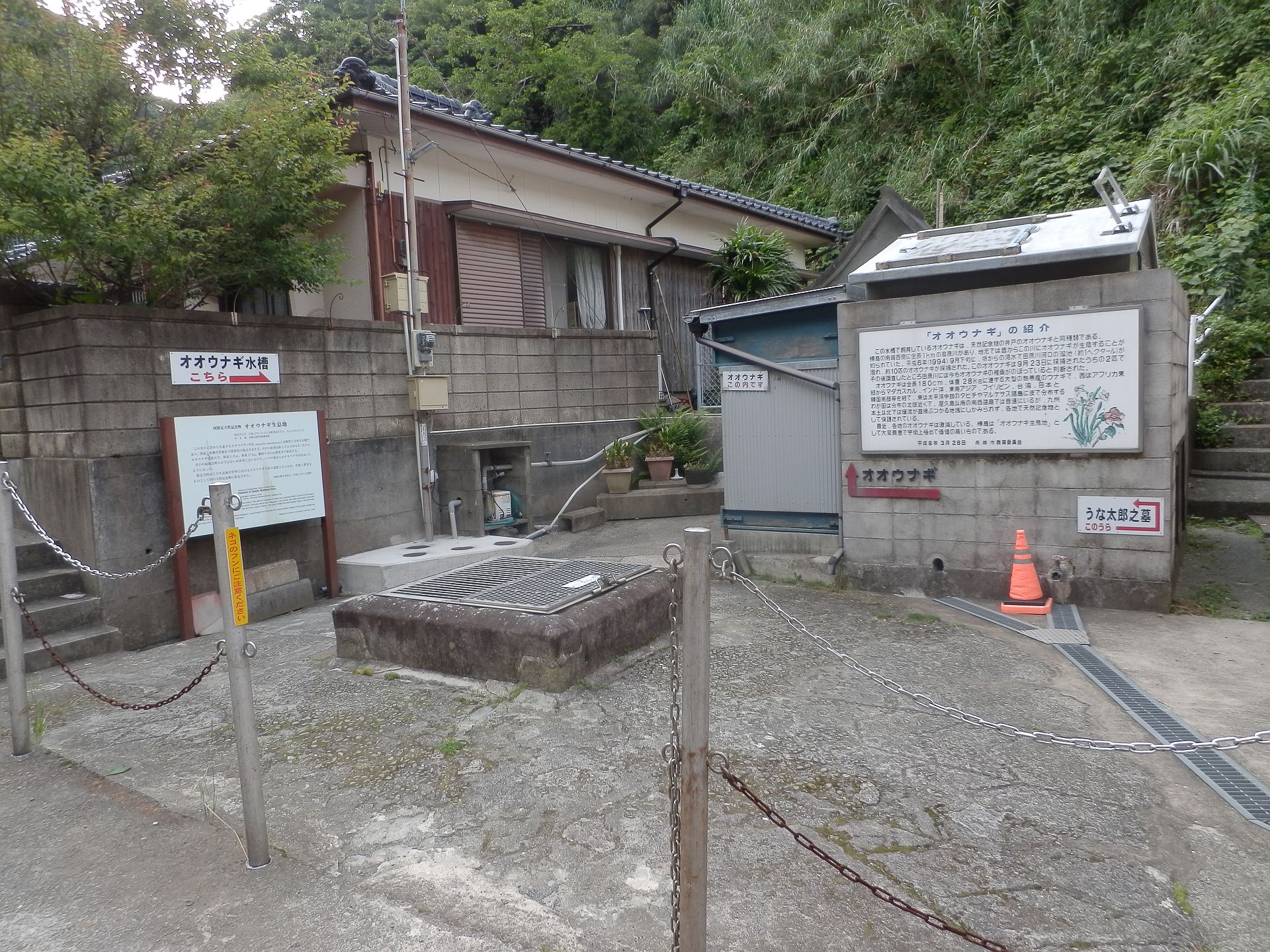|
Wind Power In Japan
In Electricity sector in Japan, Japan's electricity sector, wind power generates a small proportion of the country's electricity. It has been estimated that Japan has the potential for 144 gigawatts (GW) for onshore wind and 608 GW of offshore wind capacity. As of 2023, the country had a total installed capacity of 5.2 GW. As of 2018, government targets for wind power deployment were relatively low when compared to other countries, at 1.7% of electricity production by 2030. In December 2020, the Japanese government announced plans to install up to 45 GW of offshore wind power by 2040. Statistics Government regulation and incentives , the feed-in tariff per kWh were 21 yen for onshore and 36 yen for offshore. In April 2019 the Renewable Sea Area Utilization Law came into force. The Act is expected to promote offshore wind power projects by providing for long-term use of certain sea areas for offshore wind power projects based on a bidding process. In 2020, a new feed- ... [...More Info...] [...Related Items...] OR: [Wikipedia] [Google] [Baidu] |
Floating Wind Turbine
A floating wind turbine is an offshore wind turbine mounted on a floating structure that allows the turbine to generate electricity in water depths where fixed-foundation turbines are not economically feasible. Floating wind farms have the potential to significantly increase the sea area available for offshore wind farms, especially in countries with limited shallow waters, such as Spain, Portugal, Japan, France and the United States' West Coast. Locating wind farms further offshore can also reduce visual pollution, provide better accommodation for fishing and shipping lanes, and reach stronger and more consistent winds. Commercial floating wind turbines are mostly at the early phase of development, with several single turbine prototypes having been installed since 2007, and the first farms since 2017. , there are 245 MW of operational floating wind turbines, with a future pipeline of 266 GW around the world. The Hywind Tampen floating offshore wind farm, recognized ... [...More Info...] [...Related Items...] OR: [Wikipedia] [Google] [Baidu] |
List Of Renewable Energy Topics By Country
This is a list of renewable energy topics by country and territory. These links can be used to compare developments in renewable energy in different countries and territories and to help and encourage new writers to participate in writing about developments in their own countries or countries of interest. The list refers to renewable energy in general, as well as solar power, wind power, geothermal energy, biofuel, and hydropower. As of 2013, China, Germany, and Japan, and India, four of the world's largest economies generate more electricity from renewables than from nuclear power. Based on REN21's 2014 report, renewables supplied 19% of humans' global energy consumption. This energy consumption is divided as 9% coming from traditional biomass, 4.2% as heat energy (non-biomass), 3.8% hydro electricity and 2% is electricity from wind, solar, geothermal, and biomass. China is the world's largest producer of hydroelectricity, followed by Canada, Brazil, India, U.S and Russia. W ... [...More Info...] [...Related Items...] OR: [Wikipedia] [Google] [Baidu] |
List Of Offshore Wind Farms In Japan
This is a list of offshore wind farms in Japan. Japan intends to announce winners of a second contract round for 1.8 GW of capacity in March 2024. Operational Planned See also * Wind power in Japan *List of wind farms *List of offshore wind farms * Lists of offshore wind farms by country *Wind power Notes {{DEFAULTSORT:Offshore wind farms in Japan Japan Japan is an island country in East Asia. Located in the Pacific Ocean off the northeast coast of the Asia, Asian mainland, it is bordered on the west by the Sea of Japan and extends from the Sea of Okhotsk in the north to the East China Sea ... * ... [...More Info...] [...Related Items...] OR: [Wikipedia] [Google] [Baidu] |
Solar Power In Japan
Solar power in Japan has been expanding since the late 1990s. Japan is a large installer of domestic PV systems, with most of them grid connected. The country was a major manufacturer and exporter of photovoltaics (PV), with a global market share of around 50% in the early 2000s. However, by 2019, this had dropped to below 1% due to the rise of state-backed production in China.太陽電池産業の振り返りと次世代型太陽電池の今後の方向性 elfections on Japan's PV industry and our str ... [...More Info...] [...Related Items...] OR: [Wikipedia] [Google] [Baidu] |
Hydroelectricity In Japan
Hydroelectricity is the second most important renewable energy source after solar energy in Japan with an installed capacity of 50.0 gigawatt (GW) as of 2019. According to the International Hydropower Association Japan was the world's sixth largest producer of hydroelectricity in 2020. Most of Japanese hydroelectric power plants are pumped-storage plants. Conventional hydropower plants account for about 20 GW out of the total installed capacity as of 2007. Conventional hydropower potential of Japan is considered to be almost fully developed, with little opportunity for further capacity increase. In recent years, almost exclusively pumped storage plants were commissioned, significantly increasing the ratio of pumped storage capacity over conventional hydro. The large capacity of pumped storage hydropower was built to store energy from nuclear power plants, which until the Fukushima disaster constituted a large part of Japan electricity generation. As of 2015, Japan is the country wi ... [...More Info...] [...Related Items...] OR: [Wikipedia] [Google] [Baidu] |
Geothermal Power In Japan
Japan has favorable sites for geothermal power because of its proximity to the Izu–Bonin–Mariana Arc. Japan's geothermal energy sector leverages the nation's volcanic activity, which positions it among countries with high potential for Renewable energy development The Geography of Japan along the Pacific Ring of Fire, combined with its abundance of active volcanoes, creates ideal conditions for the development of geothermal power plants. In 2007, Japan had 535.2 MW of installed electric generating capacity, about 5% of the world total. Geothermal power plays a minor role in the energy sector in the country: in 2013 it supplied 2596 GWh of electricity, representing about 0.25% of the country's total electricity supply. Development of new geothermal power stations has slowed since the mid-1990s. Many potential sites are situated in government-protected areas and popular tourist destinations, including traditional hot springs or onsen. Hot springs are a notable aspect of Japa ... [...More Info...] [...Related Items...] OR: [Wikipedia] [Google] [Baidu] |
Energy In Japan
Japan is a major consumer of energy, ranking fifth in the world by primary energy use. Fossil fuels accounted for 88% of Japan's primary energy in 2019. Japan imports most of its energy due to scarce domestic resources. As of 2022, the country imports 97% of its oil and is the largest liquefied natural gas (LNG) importer globally. Japan is increasing its reliance on renewable energy to replace imported fossil fuels, and in 2019 renewable energy accounted for 7.8% of primary energy supply. Japan has committed to reaching net zero emissions by 2050, setting a target to reduce GHG emissions by 46% from 2013 levels by 2030. Japan initiated its first commercial nuclear power reactor in 1966, establishing nuclear energy as a strategic national priority from 1973 onwards. Following the Fukushima nuclear accident in 2011, this strategy underwent re-evaluation but was ultimately upheld. Prior to the accident, nuclear reactors contributed about 30% of Japan's electricity, with t ... [...More Info...] [...Related Items...] OR: [Wikipedia] [Google] [Baidu] |
Nagasaki Prefecture
is a Prefectures of Japan, prefecture of Japan, mainly located on the island of Kyūshū, although it also includes a number of islands off Kyūshū's northwest coast - including Tsushima and Iki. Nagasaki Prefecture has a population of 1,246,481 (1 February 2025) and has a geographic area of 4,130 Square kilometre, km2 (1,594 sq mi). Nagasaki Prefecture borders Saga Prefecture to the northeast. Nagasaki is the capital and largest city of Nagasaki Prefecture, with other major cities including Sasebo, Isahaya, Nagasaki, Isahaya, and Ōmura, Nagasaki, Ōmura. Nagasaki Prefecture is located in western Kyūshū with a territory consisting of many mainland peninsulas centered around Ōmura Bay, as well as islands and archipelagos including Tsushima Island, Tsushima and Iki Island, Iki in the Korea Strait and the Gotō Islands in the East China Sea. Nagasaki Prefecture is known for its century-long Nanban trade, trading history with the Europeans and as the sole place of direct trade ... [...More Info...] [...Related Items...] OR: [Wikipedia] [Google] [Baidu] |
Kabashima, Nagasaki
, also known as Kabajima, is a small Japanese island off the southern coast of Nagasaki Prefecture on the Kyushu island.US Hydrographic Office. (1910)''Asiatic Pilot: The Japan islands,'' p. 393 Geography Kabashima is around 1.5 km in diameter and an area of around 2.4 km2. It lies off the main coast of the Kyushu island, near the entrance of the Ariake Sea lagoon. It is connected with the Nomo Peninsula on mainland Kyushu through a causeway over an islet of Nakajima, and the Kabashima Bridge, constructed in 1986. The main settlement, home to about 110 households in 2013, is located in a harbor near the bridge. Kabashima has steep hills 481 feet in height. East Rocks is a low reef which lies northeast of the island. Features At the southern end of the island is the Kabashima lighthouse and accompanying Lighthouse Museum. The lighthouse was constructed in 1952, standing 100 meters above sea level, for ships sailing on the open sea about the Gotō Islands and Amakus ... [...More Info...] [...Related Items...] OR: [Wikipedia] [Google] [Baidu] |
Fukushima Prefecture
is a Prefectures of Japan, prefecture of Japan located in the Tōhoku region of Honshu. Fukushima Prefecture has a population of 1,771,100 () and has a geographic area of . Fukushima Prefecture borders Miyagi Prefecture and Yamagata Prefecture to the north, Niigata Prefecture to the west, Gunma Prefecture to the southwest, and Tochigi Prefecture and Ibaraki Prefecture to the south. Fukushima, Fukushima, Fukushima is the capital and Iwaki, Fukushima, Iwaki is the largest city of Fukushima Prefecture, with other major cities including Kōriyama, Aizuwakamatsu, and Sukagawa. Fukushima Prefecture is located on Japan's eastern Pacific coast at the southernmost part of the Tōhoku region, and is home to Lake Inawashiro, the fourth-largest lake in Japan. Fukushima Prefecture is the third-largest prefecture of Japan (after Hokkaido and Iwate Prefecture) and divided by mountain ranges into the three regions of Aizu, Nakadōri, and Hamadōri. History Prehistory The keyhole-shaped Ōya ... [...More Info...] [...Related Items...] OR: [Wikipedia] [Google] [Baidu] |








